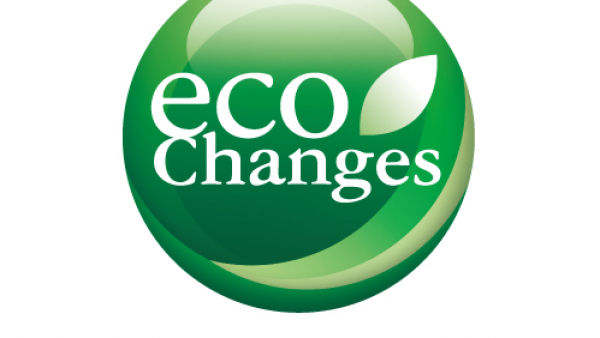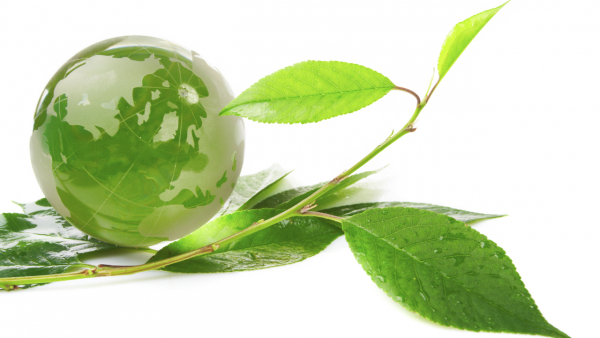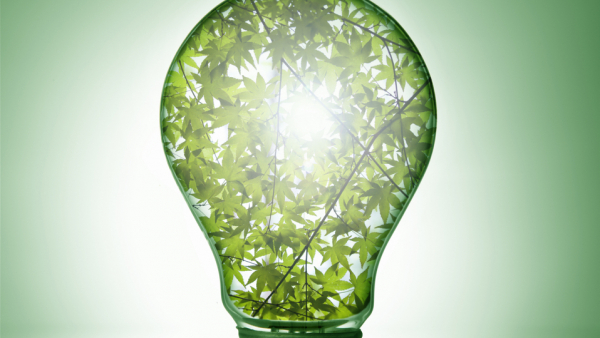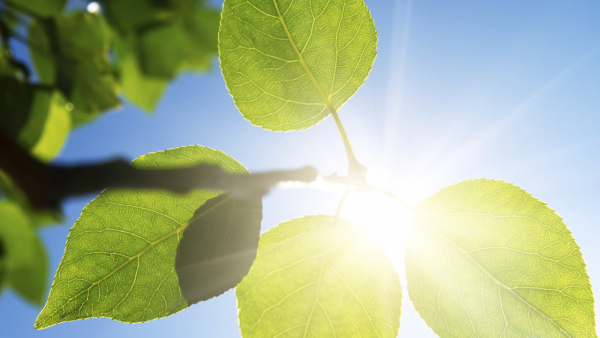The new 2018 environmental plan
Mitsubishi Electric's new environmental action plan involves reducing carbon emissions, recycling initiatives, preserving biodiversity and complying with regulations in its plants

Mitsubishi Electric has presented its ninth three-year environmental plan which complies with Environmental Vision 2021 – a long-term environmental strategy that will end in 2021 on the company’s centenary.
The plan is aligned with five of the 17 United Nations Sustainable Development Goals (SDGs), including affordable and clean energy (no. 7) and climate action (no. 13). The new plan focuses on achieving the Environmental Vision 2021 targets, including the reduction of greenhouse gas emissions and of resources in the medium and long-term, based on the Paris Agreement and on predicted future global water shortages.
Reduction of greenhouse gases
By the end of fiscal year 2021 (March 2021), Mitsubishi Electric aims to reduce its total annual greenhouse gas emissions, including carbon dioxide, sulphur hexafluoride, perfluorocarbons, and hydrofluorocarbons, to 1.47 million tonnes of CO2 equivalent, compared positively to a benchmark of 2.64 million tonnes. In addition to developing a detailed low-carbon roadmap, the company intends to set a science-based target (SBT) and validate it using its Science Based Target Initiative (SBTi) team by fiscal year 2020. It is expected that efforts to improve the energy efficiency of Mitsubishi Electric’s products will contribute to an average 35% reduction in the carbon dioxide emissions generated using these products.
Recycling
To promote the efficient use of water, Mitsubishi Electric will continue to control the amount of water it uses and discharges. It will reduce total water use through savings and recycling at 80 locations in Japan and around the world. The company has set a water intensity reduction target for total water use of 1% per year compared to fiscal year 2011. Waste sorting and recycling initiatives are planned to achieve a final waste disposal rate of less than 0.1% at the Mitsubishi Electric and Japanese subsidiaries’ sites and less than 0.5% at the subsidiaries' sites outside Japan. Resource use is expected to decrease to 40% from the 2001 fiscal year level through the manufacturing of lighter and more compact products.
Conservation of biodiversity
In all Japanese production plants, Mitsubishi Electric will contribute to biodiversity conservation. On-going activities include the protection of endemic species, the control of non-native species and the promotion of vegetation suitable to the surrounding ecosystems. All these activities will comply with the Aichi biodiversity targets and local fauna studies, which will be completed by fiscal year 2018. Activities aimed at raising Japanese public awareness of ecological issues, such as Mitsubishi Electric's outdoor courses and the Satoyama Forest Conservation Project, aim to attract a total of 51,000 participants, compared to 39,000 registered up to March 2018.
Environmental management
Mitsubishi Electric will reduce the environmental risks of its plants and improve environmental management by strengthening monitoring of environmental rules and regulations, such as European chemical regulations, and by developing technologies aligned with regulatory changes at all plants outside Japan.









